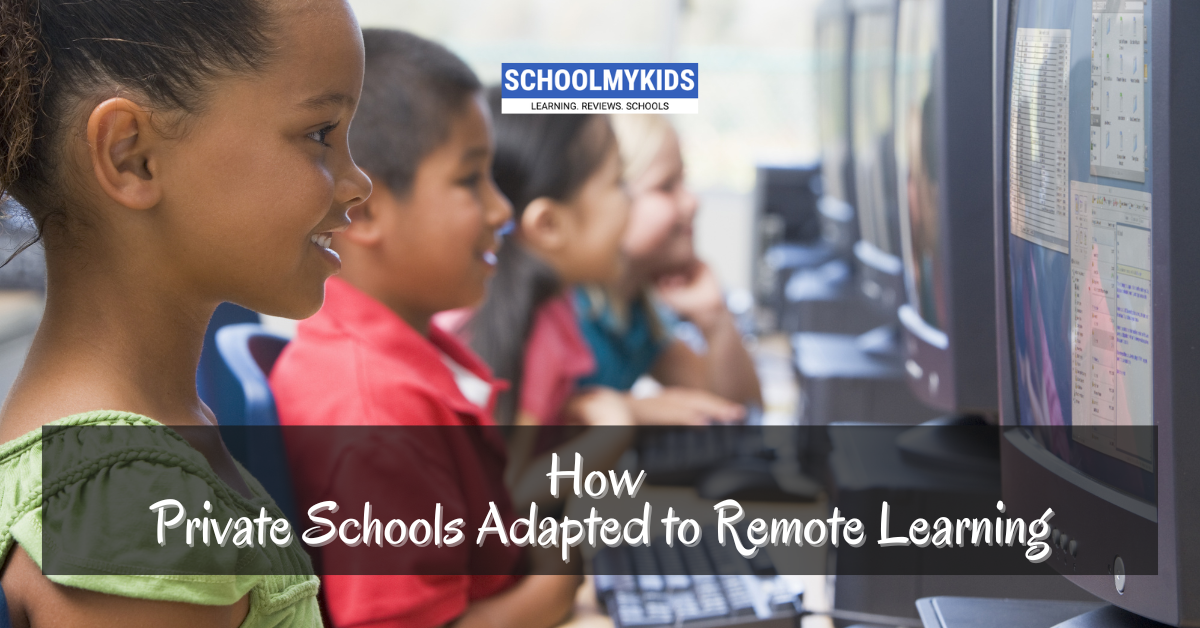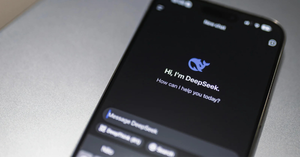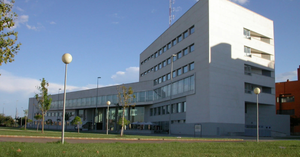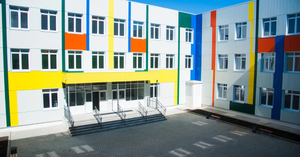The shift to remote learning during the pandemic presented unique challenges and opportunities for private schools. Many institutions quickly adapted to ensure that students continued to receive quality education despite the disruptions. Here’s an exploration of how private schools navigated this transition and the strategies they employed to maintain academic standards and community engagement.
Embracing Technology
- Infrastructure Investment: Private schools often had the resources to invest in necessary technology infrastructure. This included upgrading internet capabilities, acquiring digital learning platforms, and ensuring that both teachers and students had access to the required hardware and software.
- Learning Management Systems (LMS): Many schools implemented or enhanced their use of LMS platforms such as Google Classroom, Microsoft Teams, or Canvas. These platforms facilitated communication, assignment distribution, and resource sharing between teachers and students.
- Interactive Tools: To make remote learning engaging, private schools adopted various interactive tools like Zoom, Kahoot, and Padlet. These tools helped replicate classroom interactions and fostered collaboration among students.
Curriculum Adaptation
- Flexible Scheduling: Understanding the challenges of home environments, many schools adopted flexible schedules. This included shorter class periods, breaks between sessions, and recorded lessons that students could revisit.
- Project-Based Learning: With traditional classroom constraints lifted, some schools shifted to project-based learning, allowing students to explore subjects deeply and independently while applying practical skills.
- Personalized Learning: Remote learning allowed for more personalized education. Teachers could tailor instruction to meet individual student needs, utilizing online assessments to track progress and adjust teaching strategies accordingly.
Teacher Training and Support
- Professional Development: Recognizing the need for new skills, private schools invested in professional development for teachers. Training sessions focused on digital tools, online pedagogy, and strategies for engaging students in a virtual environment.
- Collaboration and Support Networks: Teachers were encouraged to collaborate and share best practices. Schools facilitated online forums and meetings where educators could discuss challenges, share resources, and support one another.
- Mental Health Support: The shift to remote learning was stressful for teachers. Many schools provided mental health resources and support systems to help educators manage the emotional toll of the transition.
Maintaining Community and Engagement
- Virtual Extracurricular Activities: To maintain a sense of community, schools organized virtual clubs, sports challenges, and arts performances. These activities kept students connected and fostered a sense of belonging.
- Parent Involvement: With learning happening at home, parent involvement increased. Schools provided resources and guidance to help parents support their children’s education, fostering stronger school-family partnerships.
- Regular Check-Ins: Schools emphasized the importance of regular check-ins with students to monitor their well-being and academic progress. These check-ins helped identify any issues early and provided support where needed.
Overcoming Challenges
- Equity and Access: Despite resources, not all students had equal access to technology or conducive learning environments. Schools worked to provide devices, internet access, and additional support to students in need.
- Student Engagement: Keeping students engaged remotely was a significant challenge. Schools experimented with different teaching methods, interactive content, and real-time feedback to keep students motivated.
- Assessment and Feedback: Assessing students’ performance remotely required new approaches. Schools developed innovative methods to evaluate learning outcomes, including open-book assessments and portfolio-based evaluations.
Long-Term Implications
- Blended Learning Models: The experience with remote learning has led many private schools to consider blended learning models for the future. These models combine in-person and online instruction, offering flexibility and leveraging technology to enhance learning.
- Focus on Digital Literacy: Recognizing the importance of digital skills, schools have incorporated digital literacy into their curricula. Students are now better prepared for a technology-driven world.
- Resilience and Adaptability: The challenges of remote learning have instilled resilience in both educators and students. Schools are now more adaptable and prepared for future disruptions, having learned valuable lessons from the experience.
Conclusion
The rapid shift to remote learning was a test of resilience and innovation for private schools. By embracing technology, adapting curricula, and fostering community engagement, these institutions not only continued to deliver quality education but also laid the groundwork for future advancements in teaching and learning. The adaptations made during this period have equipped private schools with tools and strategies that will benefit students long after the return to traditional classrooms








Be the first one to comment on this story.